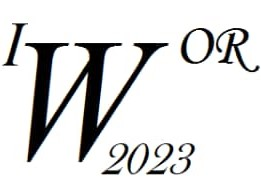Ponente
Descripción
In view of the COVID-19 pandemic and the growth of positive cases in Cuba, among other investigations, it became necessary to carry out analytical studies of mathematical models to predict the behavior of the virus transmission. This work proposes models that describe the transmission dynamics of COVID-19, defined by differential equations and a qualitative analysis of them, as well as experiments and a qualitative analysis of them, in addition to numerical experiments. We present two mathematical model, one linear and a nonlinear one, for which the existence and uniqueness of the solution was demonstrated. In the case of the linear model, the qualitative analysis, considering parameter values between 0 and 1, showed that the solutions behave as a nonlinear the solutions behave as an asymptotically stable node, converging to the stationary point, which can be interpreted as a decrease in the disease over time, decrease of the disease in time. In the nonlinear case we obtained an expression for the R0 that allowed us to conclude that the condition R0 ≤1, indicates a stability in the behavior of the stability in the behavior of the solutions around the stationary point, converging towards the stationary point, which means that the disease will gradually decrease. The analytical solution of the linear model was obtained, using the Laplace transform, to obtain the approximate solution of the nonlinear model was usied the Runge-Kutta numerical method of order 4. Simulations corresponding to each model were carried out, and comparisons of the results obtained are shown.

